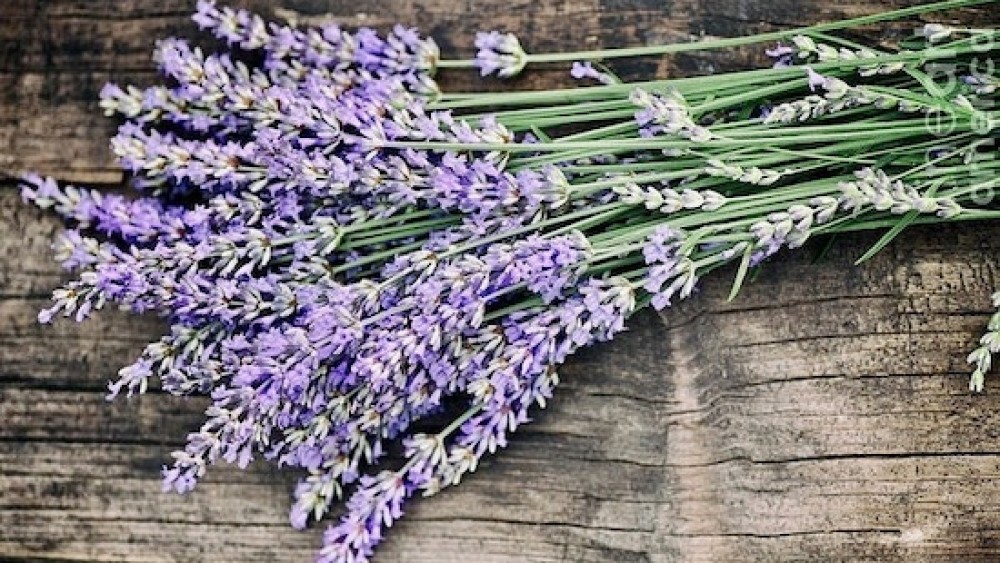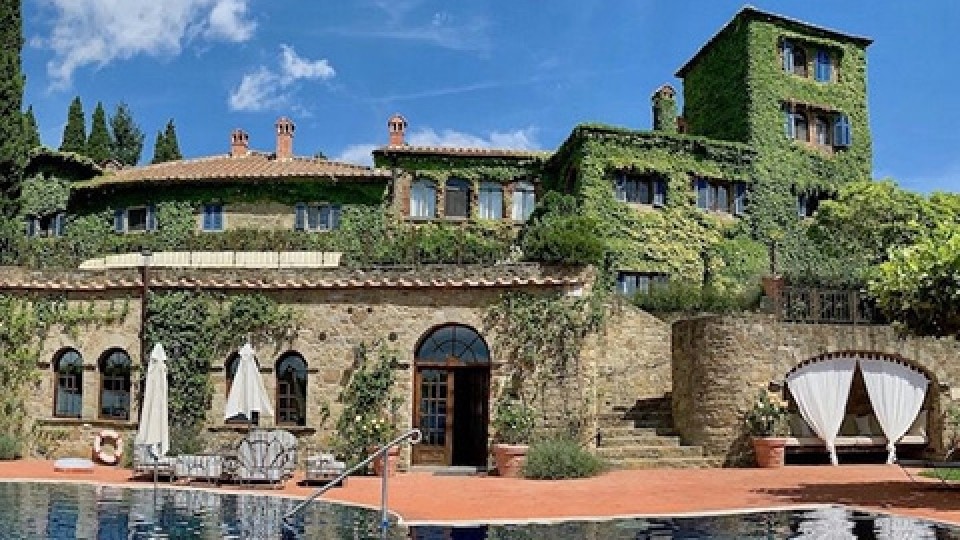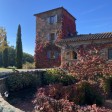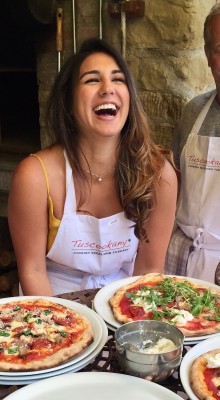Lavender can be used for much more than you think! See, smell and taste what we mean!
May 5, 2021

Lavender can be used for much more than you think! See, smell and taste what we mean!
Who doesn’t love lavender? The colour and smell can cause instant happiness. But why is this beautiful flower so popular? And what else can we use it for? Keep on reading to get these answers.
The origin of Lavender is believed to be from the Mediterranean, Middle East and India. Its history goes back some 2500 years. Lavender is a flowering plant of the mint family known for its beauty, its sweet floral fragrance and its multiple uses.Today Lavender continues to be cultivated across its countries of origin as well as Europe, Australia, New Zealand, North and South America. The ancient Greeks called Lavender nardus, after the Syrian city of Naarda and was commonly called Nard. The flower was one of the holy herbs used to prepare the Holy Essence and Nard, or ‘spikenard’ is mentioned in the bible in the ‘Song of Solomon’ among other places. It derives its name from the Latin ‘lavare’ meaning ‘to wash”. The Romans used Lavender to scent their baths, beds, clothes and even hair. The Romans highly prized the cleansing qualities of this plant and knew that it restored and soothed the skin. The Romans loved the plant and a pound of lavender flowers would have cost around a months wages for a farm laborer. So intrinsic was this plant to Roman culture, it was transported everywhere; they were in fact responsible for introducing lavender to England and other far reaches of their vast empire. They also discovered its medicinal properties. The plants strong scented resin has strong antibiotic properties and was even used to disinfect hospital floors during World war II. When the plants oil is burned in aromatherapy it will curiously repel moths from the house and induce a positive effect on human respiration. Lavender oil is also said to soothe headaches, migraines and motion sickness when applied to the temples. It is frequently used as an aid to sleep and relaxation. Lavender’s anti-inflammatory properties can relieve skin burns and when mixed with rose water can even cure acne. The purple plant was even used during the years of the plague to repel the fleas that carried the disease. If you are interested to learn more about lavender, here is a link for you on WikipediA. But it’s not only a great product for humans. That’s because the fragrant plant has both pollen and nectar to feed the bees. Another huge benefit is that it blooms during a midsummer gap when bees are usually the hungriest but have fewer pickings. If you want to know why bees are so important please read our earlier blog on bees. www.tuscookany.com/blog
We at Tuscookany love lavender! It is the favourite flower of the owners, and that is visible. Our villa’s in Tuscany are surrounded by the vibrant purple colour of lavender. But this fragrant flower is not only found outside for the bees to enjoy but also in our kitchens for us to enjoy. Franco Palandra, the chef at Torre del Tartufo, loves cooking with Lavender. He uses the nice aroma to give flavour to some of his iconic dishes. Often he likes to combine lavender with another strong flavour like saffron or orange zest, to give for example, a dessert, a nice zing. But he stresses that the use of lavender must be done with extreme caution. The strong taste of the flower can easily be overpowering. Our chef Laura Giusti in Casa Ombuto also uses lavender in one of her Mediterranean desserts, namely Crema Catalana. Here are some more recipes that you can try: www.italianfoodforever.com/lavender/.
It is not only populair is desserts, but also in savoury meals. Think of the medditerean Herbes de Provence with lamb or chicken.
Have you been inspired by all these uses and do you want to plant lavender yourself? See here what to do:
Light: Lavender needs full sun and well-drained soil to grow best. In hot summer climates, afternoon shade may help them thrive.
Soil: Lavender grows best in low to moderately-fertile soils, so don't amend the soil with organic matter before planting. Lavender performs best in neutral to slightly alkaline soils. Add lime to raise the soil pH to around 7.0 - we recommend performing a simple soil test for best results.
Spacing: Depending on the variety, space plants 1 to 3 feet apart.
Planting Time: In areas colder than Zone 6 (Zone 6-1), we recommend planting in spring or early summer. In areas warmer than zone 6 (7-10), we recommend planting in early fall so the roots can get established during the cool, moist winter weather.
1. Start with healthy plants that have developed root systems.
2. Prepare a planting hole that's twice as deep and twice as wide as the root ball of your lavender plant. when planting multiple plants, you can amend the soil for each planting hole, or amend the whole bed before planting. In a container, prepare a well-draining soil mix by combining gravel or sand with soil.
3. If the roots are clinging to the sides of the pot, you can "rough up" the roots to encourage outward growth.
4. Plant your lavender with the top of the root ball even with the soil line. Backfill soil around the plant and press firmly all around.
5. Water to compress the soil and remove an air pockets. In the coming weeks, only water your Lavender if both the plant and the overall conditions in your garden are very dry. Remember, Lavender thrives on fast-draining soil and does not prefer to have "wet feet," or standing water, which can cause roots to rot.
We’d love to hear from you. Please feel free to comment and or share our Lavender post with your friends.

Interested in our cooking courses at one of our Tuscan villas?
Do you want to enjoy our Tuscany cooking classes with plenty of time to explore in your free time, all while staying in an amazing villa?
Reviews
How our guests experienced the Tuscookany courses
Reviews from our former guests made about their visit to Tuscookany on TripAdvisor, facebook, Twitter, Google, Chow and Yelp.





